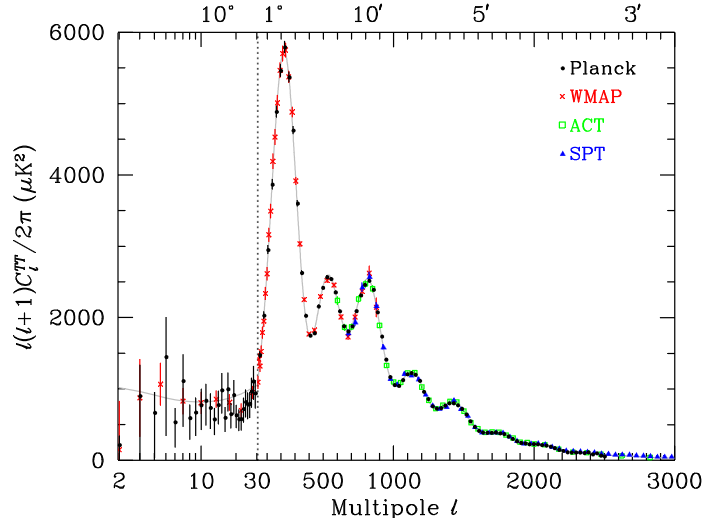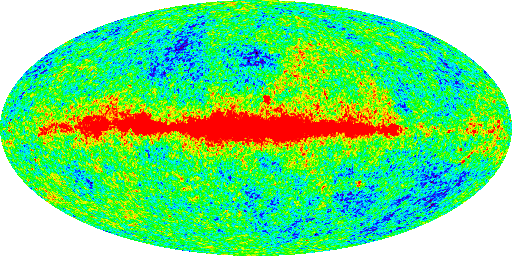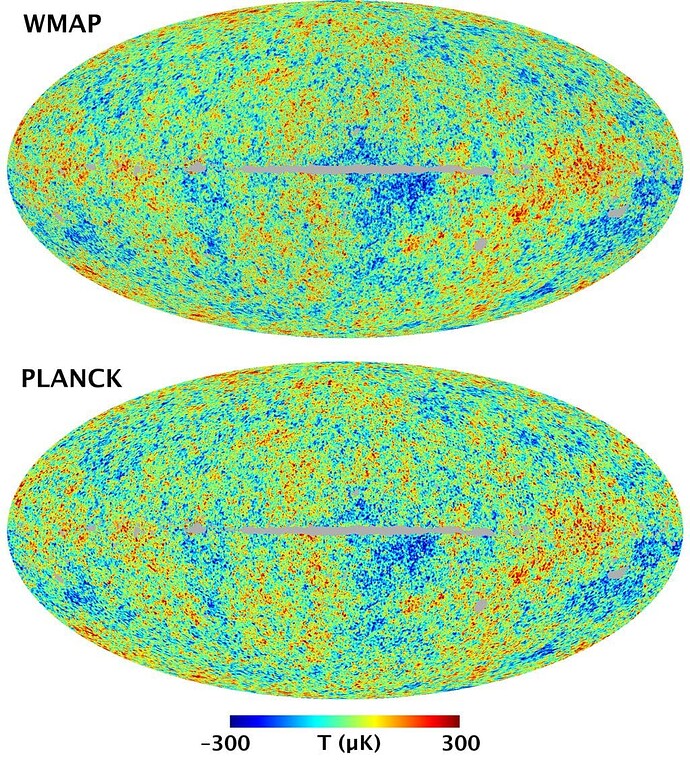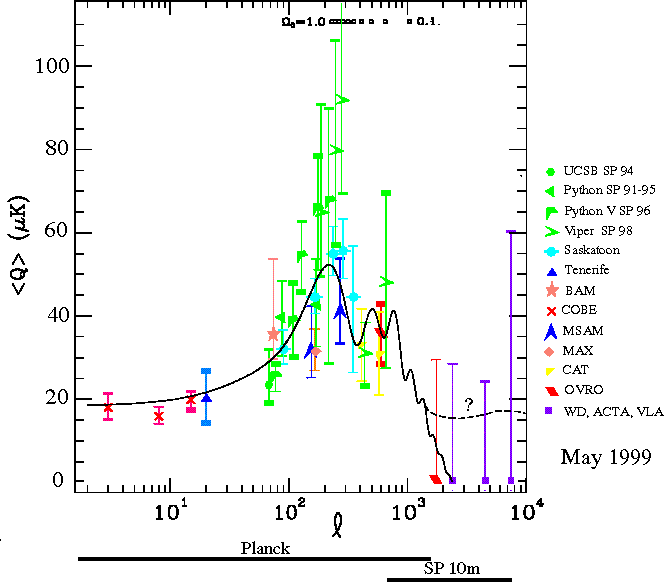“A Philosophical Approach to MOND: according to the MIlgromian research program in cosmology”, by David Merritt, ISBN 978-1-108-49269-0, 270 pages (2020).
Publishers warn authors that each successive equation & graph in a book cuts the size of the remaining audience in half. And putting “Philosophical” in the title is a sure way to scare off most of the rest. However, Dr. Merritt’s approach requires his careful definitions of terms and a solid mathematical basis. Consequently, very few people will ever read this book – which is unfortunate, because massive computer simulation models which assume the existence of never-directly-observed “Dark Matter” seem to be having the same kind of stultifying effect on cosmology that massive computer Global Circulation Models have had on rational discussion about alleged Catastrophic Anthropogenic Global Warming.
The “philosophy” part relates to Dr. Merritt’s review of how science really aims to work. Nothing in science is ever “settled”, contrary to the ravings of an Algore. E.g., there was a time when the best science postulated that atoms were indivisible. The primary test of the adequacy of a scientific hypothesis is its ability to make testable predictions; for example, the inability of String Theory to provide any testable predictions is what has relegated that hypothesis to the sidelines after several decades.
But – Dr. Merritt reminds us – the ability to make accurate predictions does not prove that a hypothesis is correct, only that it is useful. Before Kepler, astronomers subscribed to the Aristotelian theory that heavenly bodies move in perfectly circular orbits. However, that hypothesis was obviously inconsistent with the observed retrograde movements of the planets. Ancient astronomers doggedly held on to the assumption of perfect circular motion and invented the concept of epicycles – heavenly bodies move in small perfect circles centered on large perfect circles. One can make accurate predictions about planetary motions based on that epicyclic model – but that does not mean it describes reality.
“Dark Matter” was originally proposed by Zwicky in 1937 – the same Zwicky who proposed the “Tired Light” hypothesis – to explain certain observed divergencies in the movements of stars from the predictions of Newtonian mechanics. The Dark Matter hypothesis assumes that the universe contains rather a lot of invisible stuff with unmeasurable properties which interacts with observable matter only through gravitational effects.
Correcting predictions to match observation through invoking the invisible presence of non-observable Dark Matter sounds like what an engineer would call a “fudge factor”. Not that an engineer would say there is anything necessarily wrong with fudge factors when properly used. For example, the stupefying mathematical complexity of turbulent fluid flow in pipes means that most fluid flow calculations are based on fudging a much simpler physical model with an empirically-derived Fanning friction factor.
The issue with assuming that certain apparently-anomalous cosmological observations are due to Dark Matter is reminiscent of the story about the lawyer who was asked the value of 2 + 2: his response was “What do you need it to be?” In the absence of actual measurements of Dark Matter, astronomers are free to assume whatever amount & distribution of hypothesized Dark Matter is required to “explain” the anomaly.
In 1983, Milgrom proposed an alternative to this “hidden mass hypothesis”: when gravitational accelerations are very low, such as in the wide-open cosmological spaces on the outskirts of galaxies and between galaxies, real behavior deviates from standard Newtonian gravity. This alternative hypothesis is also capable of explaining apparently-anomalous cosmological observations. (However, a cynic – not Dr. Merritt – might point out that MOND does not provide a rationale for academics to spend literally $Billions of mostly taxpayer money on career-enhancing satellites, telescopes, & particle colliders searching for Dark Matter).
Although Dr. Merritt does not make this point, there is a relevant historical analogy. Newton’s Laws of Motion in the 17th Century were wildly successful in predicting movements of the planets. When 19th Century astronomers became aware that Newtonian dynamics did not properly predict the movements of the planet Mercury, they assumed that Newtonian dynamics were correct and postulated the existence of a never-observed planet Vulcan between Mercury and the Sun. Later Einstein demonstrated that the divergence between Newtonian theory and observation lay in the fact that Newtonian dynamics become a poor approximation to reality when a planet is travelling as fast as Mercury. The never-observed planet Vulcan does not exist.
Today, astronomers observe a divergence between Newtonian predictions about the motions of stars around distant galaxies and hypothesize the existence of a huge amount of non-observable matter in the Universe to account for the divergence. Perhaps the issue is just another limitation to the range of applicability of Newtonian dynamics?
Dr. Merritt clearly tries to be scientifically very even-handed in his assessment of the competing theories. Neither hypothesis explains all observations, and both theories are still appropriately evolving. However, he concludes that MOND has made some predictions which were subsequently validated by observations, whereas the Dark Matter hypothesis has yet to make a prediction (versus making retroactive matches to observations).
Is MOND correct? In this reader’s view, MOND suffers from the same issue as Newton’s original theory of gravity – there is no physical explanation for the mathematical relationship. But the difficulties with both MOND and Dark Matter suggest that neither hypothesis is likely to be the whole story. From the perspective of human progress, the critical issue is that we all should retain a scientific open-mindedness based on a humble recognition of the limits to our current understanding.



